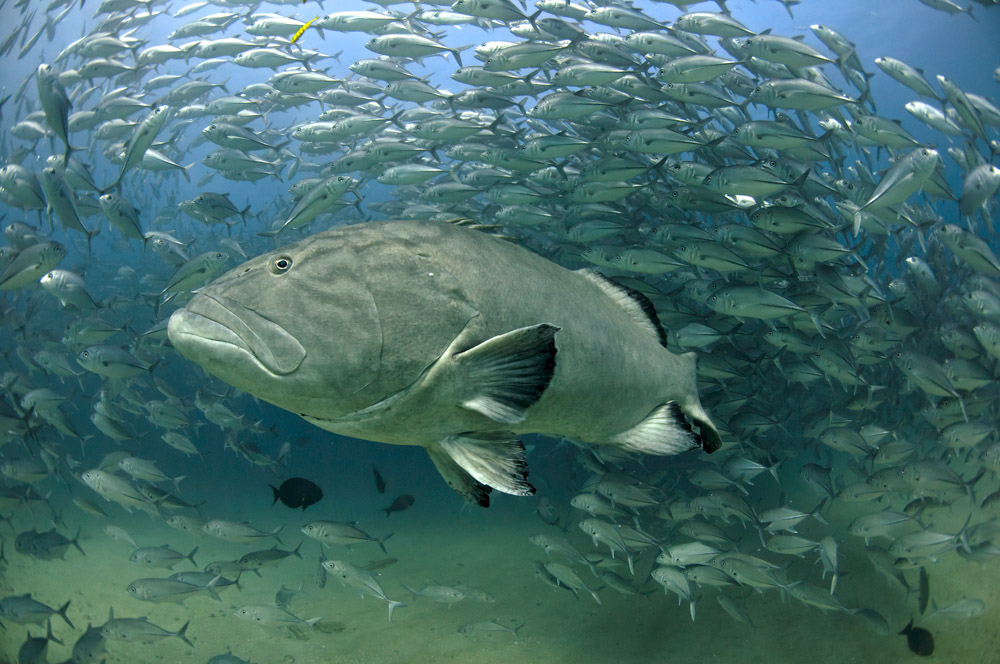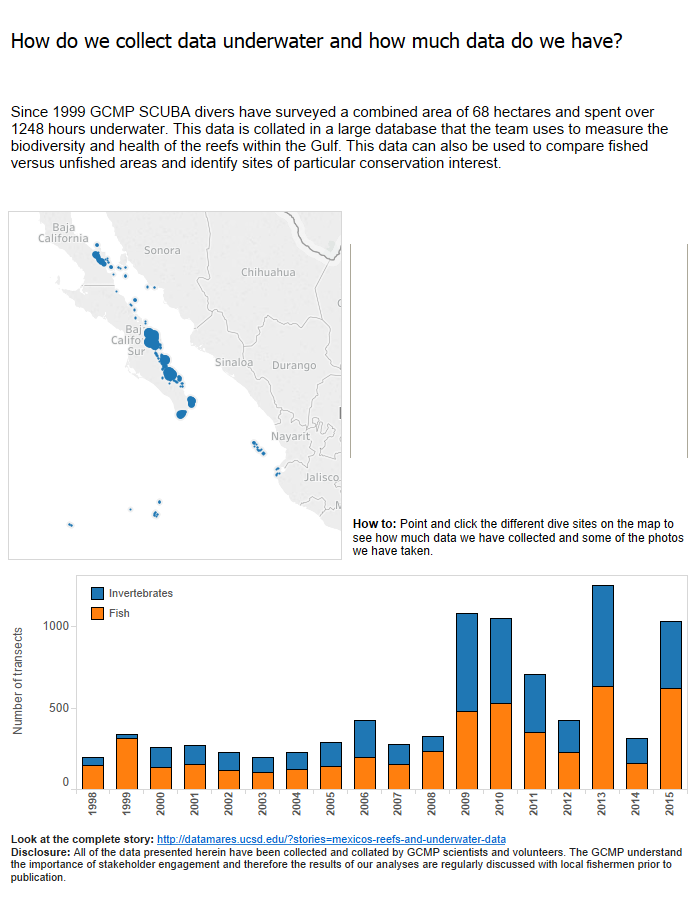Mexico’s reefs and underwater data.

For the last 15 years GCMP scientists have been surveying many of the rocky reefs in the Gulf of California and the Mexican Pacific. In order to survey the marine life that lies beneath, divers swim along set lines, known as transects, stopping at regular intervals to count the number of fish and invertebrates and estimate their individual sizes.

Regular underwater sampling using SCUBA allows scientists to sample habitats without harming them. Fish are left undisturbed and reefs left untouched. Although it requires a lot of logistic effort, the hard work has paid off for the GCMP scientists as they now have a long term database which they can use to really understand the state of the Gulf’s reefs.
Conclusions
The information contained within the CNP is the sole way fisheries managers decide on different methods to control marine fisheries to maintain economic viability and ecological sustainability.
Authors:
Arturo Ramirez-Valdez, Andrew F. Johnson, Octavio Aburto-Oropeza, Alfredo Giron-Nava
Contact Information:
DOI:
10.13022/M33W21
Affiliations:
N/A
Acknowledgements:
N/A
How to cite this story:
Arturo Ramírez-Valdez, Andrew F. Johnson, Alfredo Girón-Nava, Octavio Aburto-Oropeza (2014): Mexico’s national fishery statistics. DataMares. InteractiveResource. http://dx.doi.org/10.13022/M33W21

